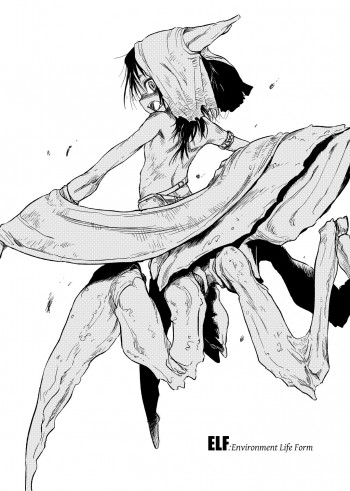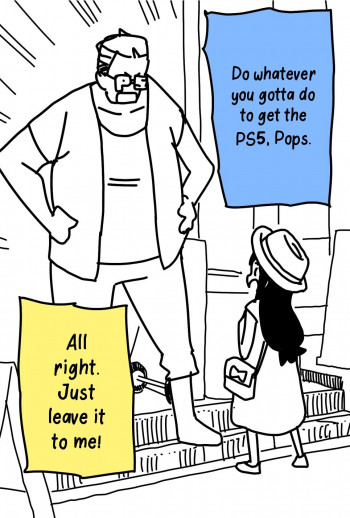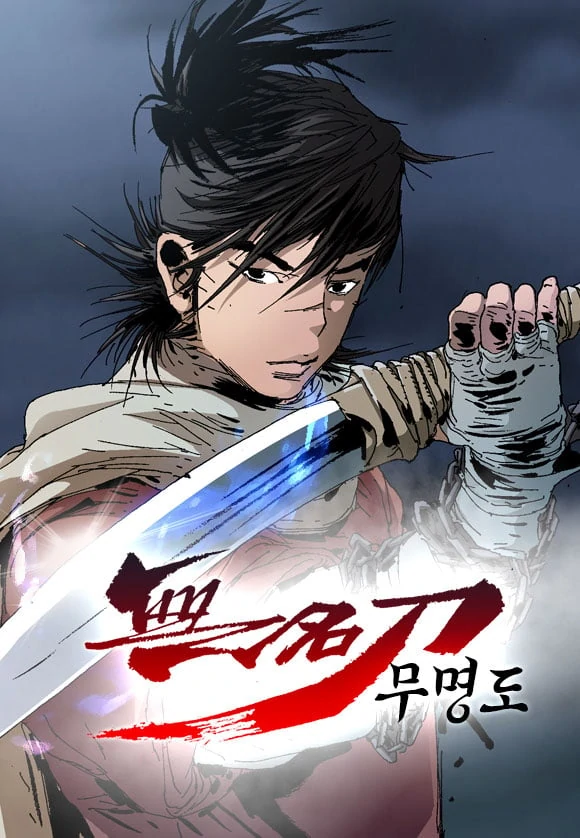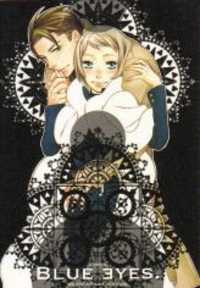Summary

I Asked the Moon
by Paul A. Rayes
“Hey. Étienne,” he said from the top of the school parking lot, behind me.
It’s the last day of junior year when Thad, the quiet, popular guy, approaches Étienne to offer him a ride home. Étienne is immediately suspicious—this has to be a joke, right? But nobody is around, and Thad seems genuinely interested to hang out. All Étienne has ever wanted is to have a guy friend, and here’s his chance to start something new. What would you do?
Étienne and Thad have been acquaintances since elementary school, nothing more. But now as their friendship develops into a timid and budding romance, the two must come to terms with defining their relationship—and facing the bigoted opinions of their friends and Thad’s family.
.
Read
I Asked the Moon on http://kissnovel.net
Martial Peak Reviews
In his debut novel, I Asked the Moon, Paul A. Rayes crafts a poignant coming-of-age story that explores the complexities of friendship, identity, and love in the face of societal prejudice. Set against the backdrop of a high school environment, the narrative follows Étienne and Thad, two boys whose relationship evolves from mere acquaintances to something deeper, challenging the boundaries of their own understanding of friendship and romance.
The story begins on the last day of junior year, a time that is often filled with anticipation and reflection. Étienne, a quiet yet popular student, is approached by Thad, a boy he has known since childhood. The initial interaction is laced with tension and uncertainty, as Étienne grapples with the idea that Thad might genuinely want to be friends. This moment sets the stage for a beautifully nuanced exploration of the characters’ inner lives. Rayes skillfully captures the awkwardness and excitement of budding relationships, making readers feel the weight of Étienne’s suspicions and hopes.
One of the most compelling aspects of I Asked the Moon is its exploration of identity. Étienne’s journey is not just about discovering his feelings for Thad; it’s also about understanding who he is in a world that often imposes rigid definitions of masculinity and friendship. Rayes delves into the internal conflicts that arise when societal expectations clash with personal desires. Étienne’s struggle to accept his feelings for Thad is relatable and authentic, resonating with anyone who has faced the challenge of reconciling their true self with the expectations of others.
Thad, on the other hand, presents a different set of challenges. As a popular boy, he is often seen as the epitome of what it means to fit in. However, Rayes reveals the cracks in Thad’s facade, showcasing his own insecurities and the pressures he faces from his family and peers. The dynamic between Étienne and Thad is beautifully portrayed, with moments of tenderness interspersed with the harsh realities of their environment. Their relationship is not just a romance; it is a profound friendship that evolves as they navigate the complexities of their feelings and the external pressures that threaten to tear them apart.
The theme of prejudice is woven throughout the narrative, serving as a powerful backdrop to Étienne and Thad’s relationship. Rayes does not shy away from depicting the harsh realities of bigotry, particularly in the context of Thad’s family and their reactions to his friendship with Étienne. This aspect of the story adds depth and urgency, forcing the characters—and the readers—to confront uncomfortable truths about acceptance and love. The author’s ability to portray these themes with sensitivity and authenticity is commendable, making the story not only relatable but also thought-provoking.
Rayes’ writing style is both lyrical and accessible, drawing readers into the emotional landscape of the characters. The dialogue feels genuine, capturing the awkwardness and excitement of teenage interactions. The pacing of the story is well-balanced, allowing for moments of introspection alongside the unfolding romance. The author’s attention to detail in character development is particularly noteworthy; both Étienne and Thad are multi-dimensional characters whose growth is palpable throughout the narrative.
As Étienne and Thad navigate their feelings for each other, they are also faced with the challenge of defining their relationship in a world that often seeks to categorize and label. This exploration of relationship dynamics is one of the novel’s strengths. Rayes presents a nuanced portrayal of love that is not confined to traditional norms, allowing readers to witness the beauty of a relationship that is both tender and fraught with challenges. The evolution of their bond is depicted with care, making it a central focus of the story.
In comparison to other young adult novels that tackle similar themes, such as Simon vs. the Homo Sapiens Agenda by Becky Albertalli or Aristotle and Dante Discover the Secrets of the Universe by Benjamin Alire Sáenz, I Asked the Moon stands out for its raw honesty and emotional depth. While those novels also explore the intricacies of young love and friendship, Rayes’ work delves deeper into the societal pressures that shape the characters’ experiences. The authenticity of Étienne and Thad’s journey makes it a significant addition to the genre, resonating with readers who seek stories that reflect the complexities of real-life relationships.
Overall, I Asked the Moon is a beautifully crafted novel that captures the essence of young love and the challenges that come with it. Paul A. Rayes has created a heartfelt narrative that is both relatable and impactful, encouraging readers to reflect on their own experiences with friendship, identity, and acceptance. The story’s exploration of prejudice and the quest for self-acceptance adds a layer of depth that elevates it beyond a typical coming-of-age tale. This book is a must-read for anyone who has ever grappled with their identity or sought to understand the complexities of love in a world that often feels unwelcoming.











![God of Bath [Official]](/upload/pic/manga/god-of-bath--official-.jpg)












Reviews 0
Post a Reviews: